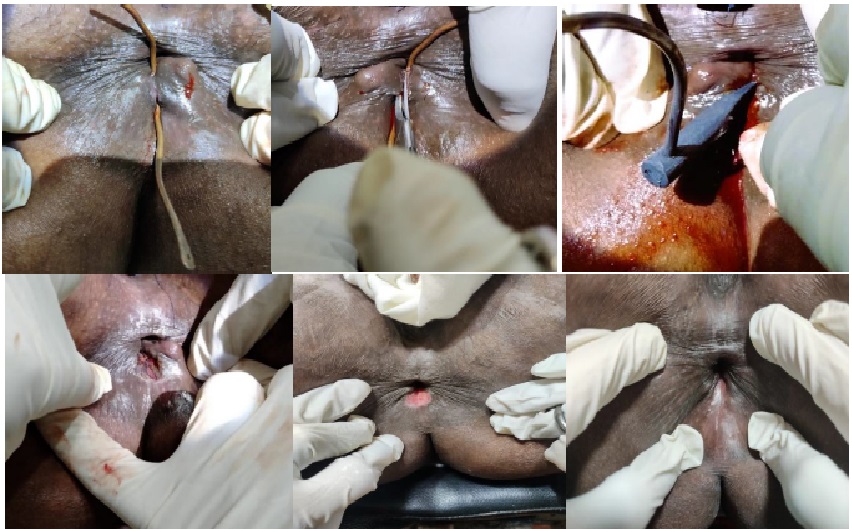Effect of Agnikarma in Perianal Subcutaneous Fistula- A Case Report
DOI:
https://doi.org/10.47070/ijapr.v10i10.2569Keywords:
Fistula-in-ano, Bhagandara, Agnikarma.Abstract
Fistula-in-ano is a debilitating disease affecting anorectal region. It is an abnormal tract lined with fibrous tissue and unhealthy granulation tissue. It usually begins from a perianal abscess caused by cryptoglandular infection. The abscess burst spontaneously and forms fistula-in-ano. It may also seen in association with other diseases like Crohn’s disease, lymphogranuloma venereum, actinomycosis, malignancy and TB. It is distressing to the patient and the surgeon due to its recurrent nature and the complications like postoperative incontinence. The disease can be classified as low anal and high anal fistulae on the basis of its internal opening. Perianal subcutaneous fistula is included under low anal fistula. Generally, the modern treatment measures for fistula-in-ano include fistulectomy, fistulotomy, advancement flaps, fistula clip closure, LIFT technique, VAAFT procedure, anal fistula plug repair, fibrin glue and seton technique. The prime aim of the treatment is to eradicate the tract and drain the site of infection while preserving anal continence. In Ayurveda, Fistula-in-ano can be correlated with Bhagandara on the basis of signs and symptoms. Since it is difficult to treat, Acharya Susruta considered it as one among Ashtamahagada. He described the treatment as Shastra Karma, Kshara Karma, Agni Karma. In the present case study, a 35-year old male patient visited the OPD with perianal subcutaneous fistula was selected for Agnikarma after fistulotomy to reduce the treatment period and to improve the quality of living. Daily dressing was done with Jathyadi ghrta and the patient was cured within 21 days of intervention. The follow up was done for next 3 months and no complications were noted.
Downloads



